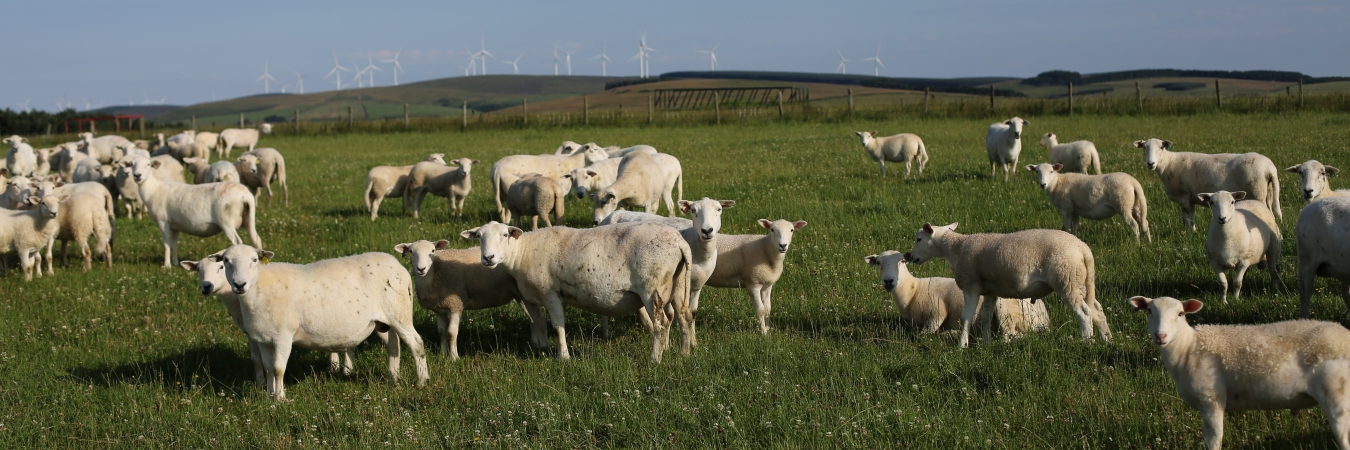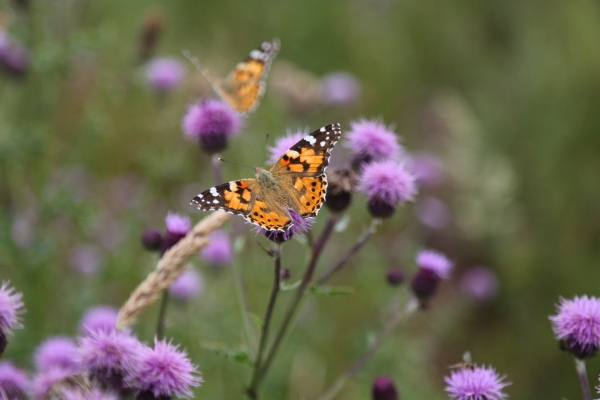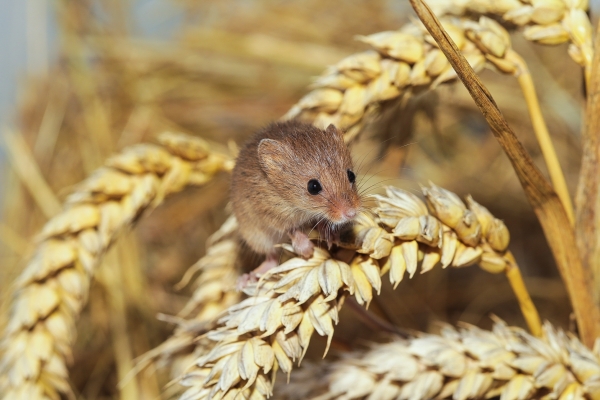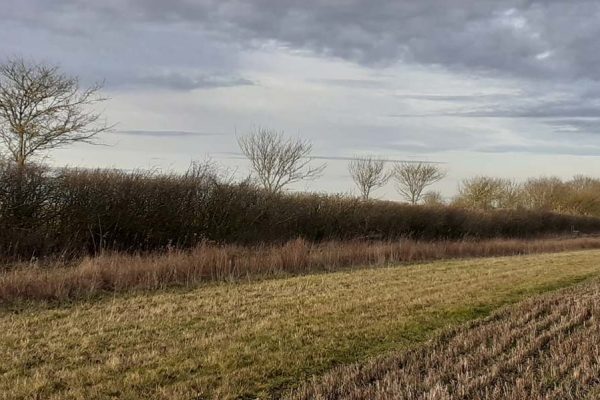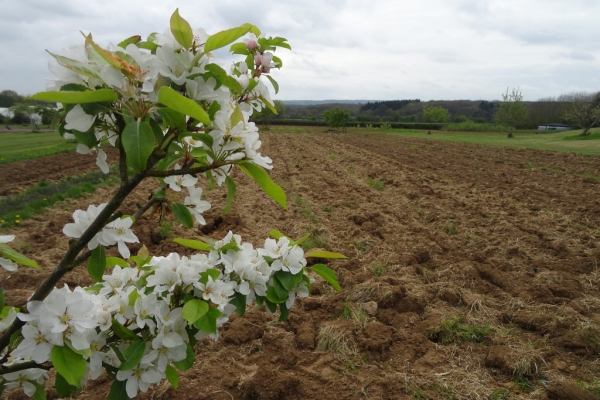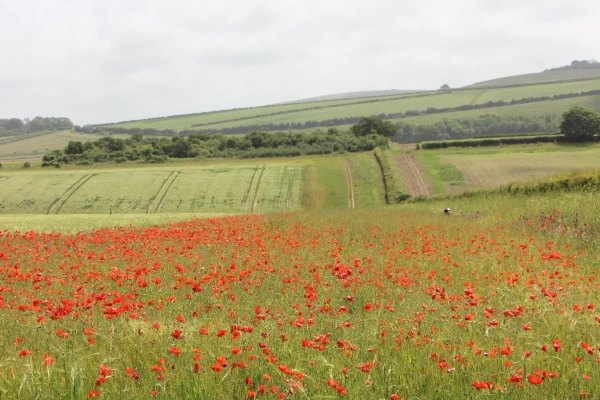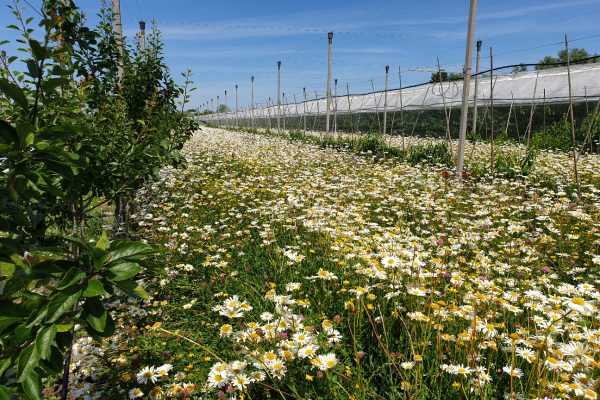“We found a way to farm with nature rather than against it.”
We’re living through a climate emergency, where 10% of the UK’s greenhouse gas emissions come from agriculture. Keeping the status quo is not an option. But the good news is, it’s possible to farm with nature and make a profit.
Good grassland management, agroforestry, cover cropping and farming organically are just some of the ways land managers can help to tackle climate change, improve soil health and restore wildlife. And because these agroecological practices reduce the need for costly inputs, they are ‘win-wins’ – good for the climate and good for business. At Soil Association Scotland, we call this farming with nature.
Farmers across Scotland are reaping the benefits of this approach. In the Borders, Charley and Andrea Walker run Barnside Farm with some help from their children, Tom and Jessica. The organically-managed, upland farm covers 625 acres of the Scottish Borders and is home to 800 wool-shedding ewes and 90 Welsh Black cows.
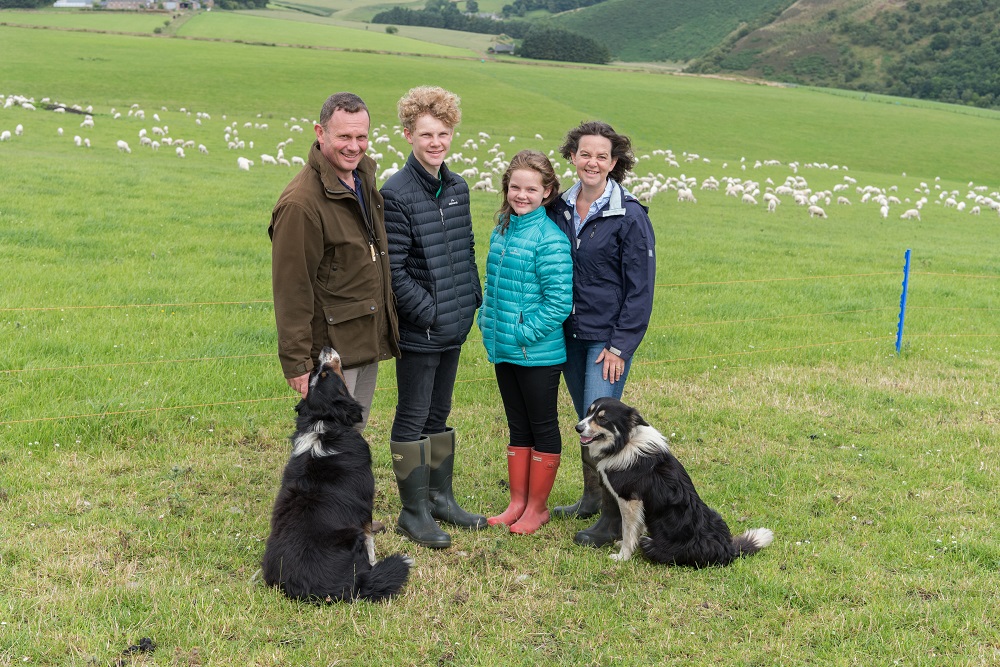
“As farmers we’re privileged to live amongst nature, but we were initially drawn into a system that had a lot of inputs,” says Charley. “You’re taught that high productivity equals high profitably, but we have found that not to be true. We think success should be measured by profitability and impact on the environment.”
Charley and Andrea take a holistic approach to farm management by carefully considering the social, ecological and financial impacts of every decision. They aim to find a balance between running a successful business, creating a healthy environment and ensuring a good quality of life for themselves and their family.
They’re passionate about enhancing biodiversity and the local landscape through rural stewardship. This commitment has informed how they farm, particularly their grazing practices. And they’re good at it too; Charley and Andrea were recently named Grassland Managers of the Year by Farmers Weekly.
“Our philosophy is grounded in the laws of nature, recognising that animals, plants and soil organisms have successfully co-evolved over millions of years. We acknowledge that technology has its place, but we first look to nature for practical and ecologically sustainable methods. We strive to replace inputs such as fertiliser, grain, fuel, machinery, pesticides and labour with knowledge, wisdom and management.”
Charley and Andrea are putting rotational grazing principles into practice at Barnside. Since 2014, they’ve grazed native breed stock on a rotational paddock system, moving them to fresh pasture every 2 to 3 days. As a result, they’ve seen increased growth of better-quality pasture, and they’ve increased their stocking rate by 35% in 5 years. In term of kilograms of liveweight per hectare, they’ve increased their output by almost 50%.
“Our rotational paddock grazing system mimics the migratory grazing behaviour of nature’s herds and flocks,” says Andrea. “It allows a lengthy rest period before re-grazing. It promotes better plant root development and growth.”
“It also sequesters carbon,” says Charley. “If you increase soil carbon you also take carbon out of the atmosphere. It’s not a quirk or a gimmick. It offers a real opportunity to increase output and produce environmental benefits.”
They’ve also seen improvements to species diversity, soil structure, organic matter content, and water infiltration on their land. They’ve seen how longer rest periods leads to varied pasture heights, which creates grassland habitats that benefit wildlife. And they’ve managed to do this without increasing their operational costs. “For the price of 4 tonnes of organic feed, we could buy a couple of water troughs, 300 metres of water pipe and 4 fencing systems,” says Charley. “That would let us subdivide a block of 60 acres into eight paddocks. The equipment is going to be around in 20 years’ time. The hard feed isn’t going to be around in 20 days’ time. It isn’t difficult to do the maths on that.”
Charley and Andrea integrate targeted habitat management with the rotational paddock grazing system, planting hedgerows and trees to cultivate biodiversity. “We’ve planted more than 3 kilometres of hedgerows,” says Andrea. “They’ve created a network of ‘wildlife corridors’ between habitats throughout the farm and created shelter belts for livestock. And, in 2011, we planted 3 hectares of native trees to expand the ancient oakwoods of Abbey Saint Bathans Site of Special Scientific Interest. It’s really enhanced the local landscape.”
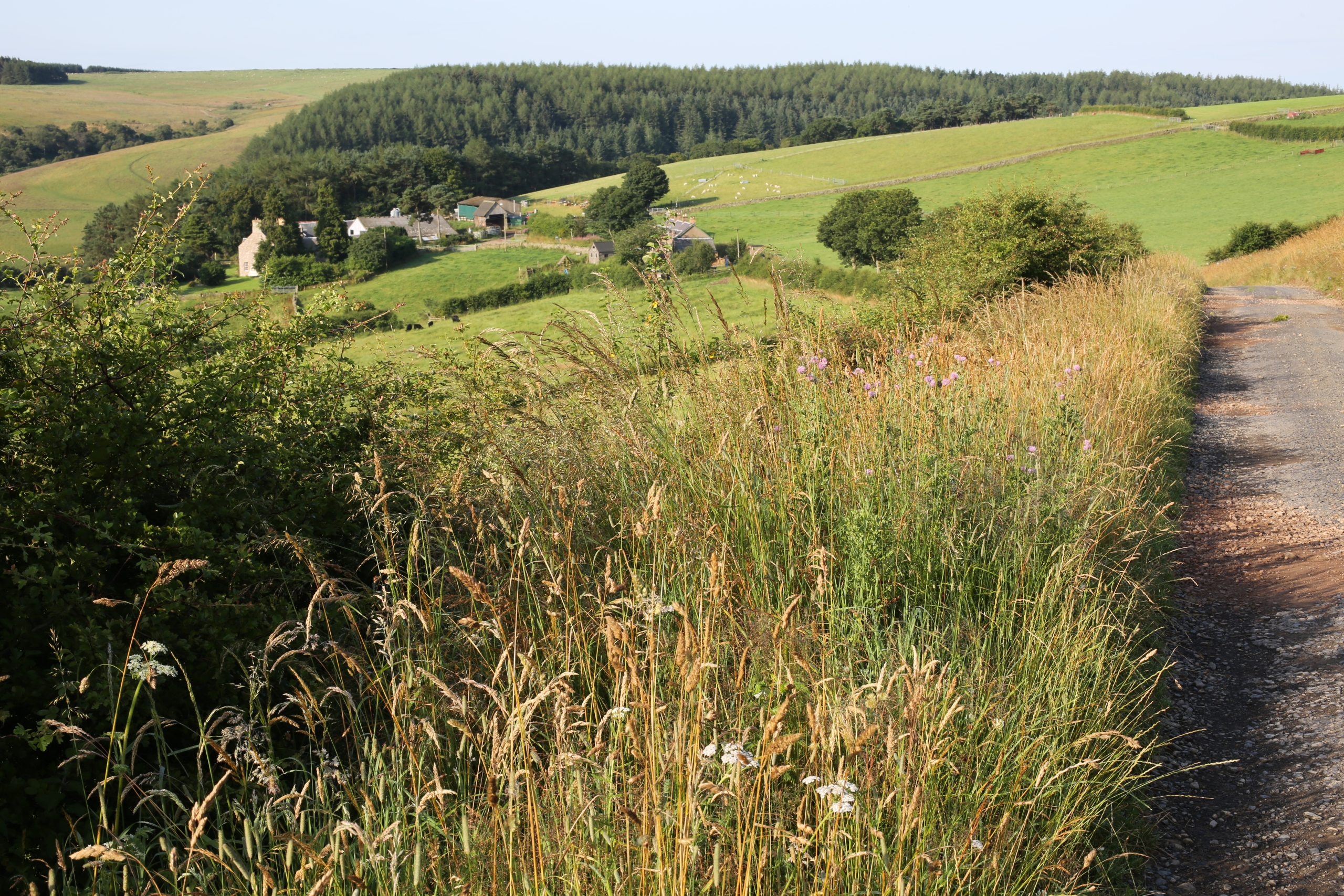
They’ve also put other measures in place at Barnside to manage different habitats on the farm. Andrea explains: “Each summer, large areas of the farm are closed off to grow grass for silage or hay making, which provides ground nesting birds with an undisturbed nesting habitat. The water margins of the River Whiteadder, the Monynut Water and their tributaries have been fenced off to prevent livestock getting in. That way, we can prevent erosion damage or pollution, and allow the vegetation to flourish. We’ve also worked with Scottish Natural Heritage to plant trees and create a riparian habitat.”
Farming with nature is all about win-wins. We all need to do our part to address the climate emergency. And farmers like Charley and Andrea show that by working with the natural environment, you can make changes that are good for your farm, your income and the world around you. “Our whole farm is a habitat and it’s all linked,” says Charley. “There are benefits to species and it makes me happy.”
